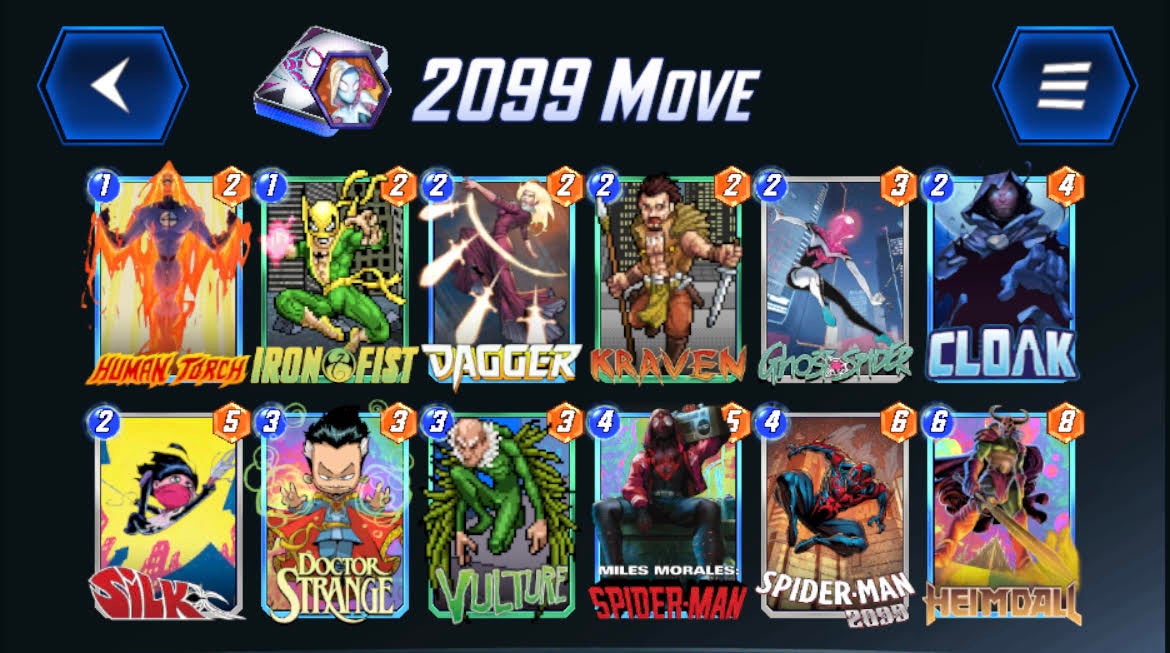As the debate about the chances of getting Diablo 4’s most powerful and rare items rages on, one player has confirmed the world first drop of the Andariel’s Visage super rare unique item.
WowHead reported a Diablo 4 Barbarian called YesYou was the lucky recipient of the coveted helm. Polish streamer NadinWins subsequently shared the drop on YouTube, showing off its powerful, one-of-a-kind Life Steal modifier.
The player behind YesYou, called Lithie, is the first in the world the community knows about to get Andariel’s Visage. As Blizzard recently confirmed, there are currently six of these super rare unique items in the game, and only a handful of finds have surfaced since Diablo 4 went live earlier this month.
Given the hundreds of millions of hours Diablo 4 has already been played for, the drop rate of these six items is clearly miniscule, causing many in the community to call on Blizzard to take action. In the meantime, amid these eye-catching item finds, players are comparing super rare unique item drop rates to other real-life impossibilities to highlight just how pointless any grind for them is.
“You’re vastly more likely to die falling out of bed than to get Shako,” said redditor Shaka Walls of the all-powerful Harlequin Crest (Diablo players have nicknamed this unique helm Shako). “Yeah, the odds are that I get killed by a shark with a golden AK-47 before I drop one of those, and I ain’t no casual,” joked Sauvadurbuz.
Other players have insisted you have a better chance of winning the lottery than obtaining one of Diablo 4’s super rare unique items. “It’s just not going to drop for you,” Shaka_Walls continued in the post that has so far had over 3,000 upvotes. “The chances are effectively 0%. Stop wasting your time. Even if it did, it would be financially irresponsible not to sell your account.”
Forbes reporter Paul Tassi took to Twitter to compare the chances of getting a Diablo 4 super rare unique item to getting struck by lightning. “This isn’t ‘oh cool something rare to farm!’ You are not farming, you are trying to get struck by lightning,” Tassi said. “Two of these total were found out of millions of players in like two weeks.”
What has emerged since Blizzard’s confirmation of the existence of these items is a community-driven effort to come up with a reliable “target farming” method. Target farming involves repeating the same slither of Diablo 4 over and over again because it’s felt the enemies within it are more likely to drop a particular item.
All Blizzard has said so far about these super rare unique items is they only drop from level 85 plus enemies, always drop at 820 power, and can be obtained anywhere you can get a regular unique. Because of this, Blizzard has said, the best way to farm for these items is to play content that gives you “the most uniques per x period of time”. Check out IGN’s guide How to Get the Rarest Unique Items for more.
Admittedly, there is not much to go on, but that hasn’t stopped players coming up with relevant theories. One popular theory suggests players focus on specific monster families. The theory suggests specific monster families (we’re not talking about The Addams Family here!) can drop specific items. As WowHead suggests, if this theory is true, specific monster types (cannibals, for example) are more likely to drop certain items (axes and helms).
Reddit user, u/Spartun put together a handy infographic to help players out, although it’s worth pointing out that currently no monster families theoretically increase the chance of dropping a ring or amulet, which means the Ring of Starless Skies (unique ring) and Melted Heart of Selig (unique amulet) may be even harder to obtain.
Whatever the truth, some players have said target farming even with some theory underpinning the process is pointless. “People who are talking about target farming these super rare uniques are just… let’s say ‘ignorant’ of just how abstract the mathematics are on getting these items,” Shaka_Walls said. “There’s a saying that goes ‘the lottery is a tax on stupid people’ and it seems to apply here.”
Diablo 4 launched big, becoming Blizzard’s fastest-selling game ever. It is also a hit with critics, and, generally, has gone down well with fans. However, the cost of Diablo 4’s microtransactions has raised eyebrows, and, surprisingly, Whoopi Goldberg called on Blizzard to release Diablo 4 on Mac.
Check out our interactive Diablo 4 map to start tracking your progress as you play.
Wesley is the UK News Editor for IGN. Find him on Twitter at @wyp100. You can reach Wesley at wesley_yinpoole@ign.com or confidentially at wyp100@proton.me.





